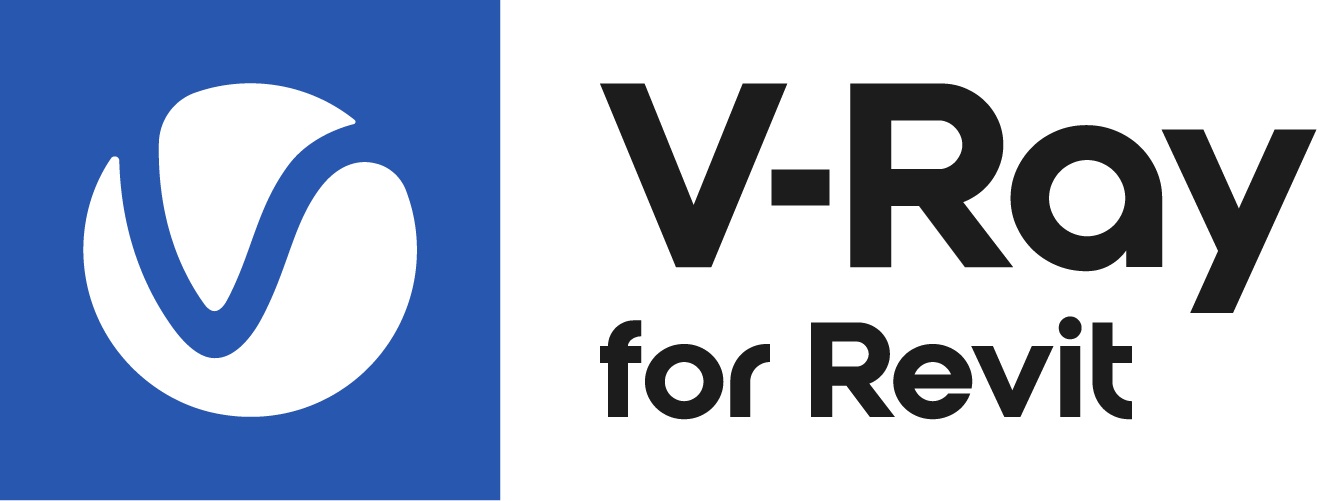This page provides information about the Textures in V-Ray for Revit.
Overview
Textures are maps that can be applied to Materials to alter their appearance. A number of textures can be procedurally generated to mimic the diffuse colors of various surfaces, such as granite and marble. Other procedural textures can provide information like displacement, transparency, and ambient occlusion. V-Ray also offers a number of utility textures for blending and color correction.
UI Paths
||Asset Editor|| > Create Asset > Textures
||Asset Editor|| > Textures (right-click)
Creation of textures is available from two places in the Asset Editor: the Create Asset button and the Texture category icon (top). If the Texture category is empty, left-click prompts you to create an asset. Otherwise, it selects the category, in which case right-click opens the creation menu.
The Asset creation dropdown lists remain active when the Ctrl key is held, allowing the creation of multiple assets in quick succession. The Asset creation dropdown lists can be activated via the Create Asset button or the Asset Category icons.
Options
There are some context options that V-Ray textures have.
Right-click on any texture in the Textures' List for a context menu to appear.
Select a texture to Use as Replacement for any other texture in the scene. Then, use the Replace All References option over the chosen texture in order for this option to take effect.
Use the Duplicate option to duplicate the texture.
You can select more than one asset at a time with Ctrl or Shift.
Drag-and-dropping textures into any input slot is also available. You can choose between Paste As Copy and Paste As Instance.
All texture input slots () share the following right-click functionalities: Copy, Cut, Clear, Wrap In, Globalize.
The Wrap In option places the existing texture within a new one and then plugs the new one in the original slot.
The Globalize option makes the texture a global instance.
Any texture can be replaced via the Replace With New Texture () button, which activates when you select the texture to be replaced. If the texture is an instance, all copies are changed as well.
You can search for a specific texture within the Search Scene field.
Most numeric V-Ray parameters come with a slider to make fine-tuning easier. Each slider is set to a default range of recommended or commonly used values.
If a value above that range is used the slider adapts by increasing its range accordingly (2x the input value) to maintain usability.
If a value below the current slider range is used, the slider again adjusts its range by shrinking it to twice the amount of the input value.
Note that that the slider range does not indicate the parameter's total minimum and maximum input values. The absolute minimum and maximum values of each parameter can be found by hovering over its spinbox.
